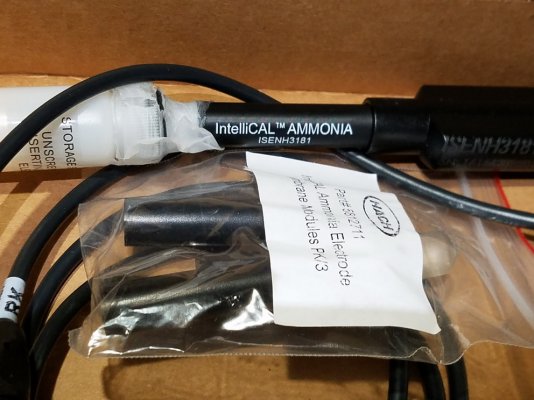I am not one to stand up for companies making claims that cannot be substantiated. I think we have far too much of that in the aquarium industry. And if Prime is another example, shame on them because they must have caused the death of a lot of animals.No, they do claim it works, exactly the opposite of what Dan observed. See their claims above. Alert badge and gas sensing technologies work to detect ammonia even when prime is used. Dan showed no decline using both of these.
However words do mater, and “Remove” is not something Seachem claims.
Edited. I read this statement wrong.Understanding whether it works to reduce toxicity or not is very useful, as we would all agree.
This is the main reason why many people (including myself) use it.
Last edited:



















